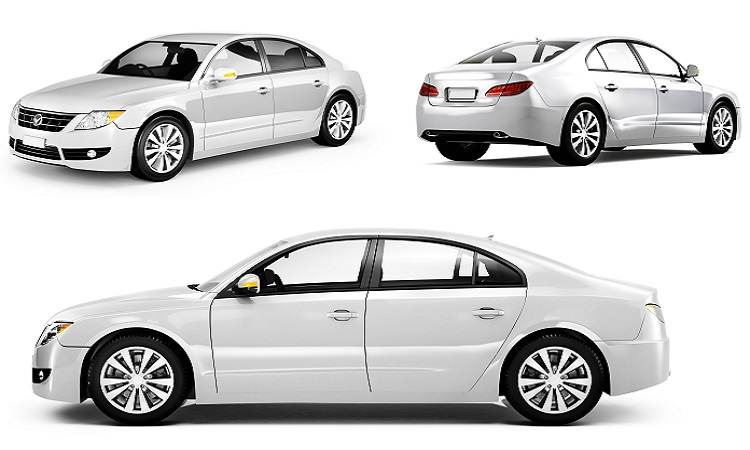How to Adjust Driving Posture for Comfort
How to Adjust Driving Posture for Comfort

Driving in the right posture is essential for safety and comfort. Poor pose can cause fatigue and discomfort, affecting your focus on the road. Ensuring proper alignment not only prevents strain but also enhances vehicle control. Additionally, a valid car insurance policy safeguards your vehicle against accidents.
How to Adjust Your Driving Posture?
Achieving the right driving posture requires a few key adjustments. Follow these steps to ensure comfort, reduce fatigue, and maintain better control while driving
1. Position Your Seat Correctly
Start by adjusting your seat to support your body without causing stiffness. Sit with your back fully against the seat, maintaining a natural curve in your lower spine. Keep a slight gap between your knees and the seat edge to prevent pressure on your legs. Your seat angle should be between 100 and 110 degrees, allowing for a relaxed yet upright position.
2. Maintain Proper Steering Wheel Distance
Your arms should rest comfortably on the steering wheel with a slight bend at the elbows. Position the seat so you can reach the wheel without stretching or hunching forward. This helps reduce shoulder and arm fatigue while giving better control over the vehicle.
3. Adjust the Headrest for Support
A correctly positioned headrest reduces strain on your neck and protects against whiplash in case of sudden braking. Align the headrest with the back of your head, ensuring it touches lightly without pushing your head forward.
4. Optimise Lumbar Support
If your car has lumbar support, adjust it so it fits the natural curve of your lower back. If not, place a cushion or rolled towel for added comfort. Good lumbar support prevents lower back pain, especially on long journeys.
5. Set Your Mirrors for Minimal Movement
Avoid excessive neck movements by positioning your mirrors correctly. Adjust the rearview and side mirrors so you can see traffic without tilting your head too much. This setup improves visibility while maintaining a comfortable driving posture.
6. Wear Your Seatbelt Correctly
Your seatbelt should sit snugly across your hips, not your stomach, and lie flat across your chest. This ensures maximum safety while preventing discomfort during long drives.
7. Take Breaks During Long Drives
Even with the perfect posture, staying in one position too long can cause stiffness. Take regular breaks to stretch your legs and move around, preventing muscle fatigue.
Conclusion
Maintaining proper driving posture enhances comfort, reduces fatigue, and improves road safety. Staying mindful of the adjustments ensures a smoother ride. Along with good posture, securing a car insurance policy offers financial security and peace of mind on the road.
Disclaimer: The above information is for illustrative purposes only. For more details, please refer to the policy wordings and prospectus before concluding the sales.
RELATED ARTICLES
How to Drive a Car? Ultimate Guide for Confident Driving
Different Types of Seat Belts for Car Safety
What Are Ventilated Seats in Cars and How Do They Work?
Leather Seats Vs Fabric Seats: Choose the Best One
Highway Hypnosis: Causes, Risks, and Prevention Tips










 Health Insurance
Health Insurance  Travel Insurance
Travel Insurance  Car Insurance
Car Insurance  Cyber Insurance
Cyber Insurance  Critical Illness Insurance
Critical Illness Insurance
 Pet Insurance
Pet Insurance
 Bike/Two Wheeler Insurance
Bike/Two Wheeler Insurance  Home Insurance
Home Insurance  Third Party Vehicle Ins.
Third Party Vehicle Ins.  Tractor Insurance
Tractor Insurance  Goods Carrying Vehicle Ins.
Goods Carrying Vehicle Ins.  Passenger Carrying Vehicle Ins.
Passenger Carrying Vehicle Ins.  Compulsory Personal Accident Insurance
Compulsory Personal Accident Insurance  Travel Insurance
Travel Insurance  Rural
Rural 











